
When the last Route 82 streetcar headed up Rhode Island Avenue in 1958, city leaders thought that buses would be a big improvement. They were wrong.
Buses were soon stuck in the same traffic as the cars around them. Since routes could be changed easily, developers viewed them as less reliable, so they didn’t build new houses and shops near bus stops the way they had along streetcar routes. Growth stalled for decades.
But a new type of mass transit solves all of these problems, costs dramatically less than alternatives and is perfectly suited for the Route 1 corridor.
It’s called Bus Rapid Transit, and it’s so simple that it can be hard to explain why it’s so revolutionary.
Instead of driving on the same crowded roads as everyone else, rapid-transit buses have special dedicated lanes. Unlike older bus lanes that easily bleed into traffic, these are designed to keep cars out and pedestrians safe, physically set apart by barriers, special “red carpet” paint and other design elements.
That allows the buses to get to their destinations much faster. While the average D.C. bus goes about 10 miles per hour — and U.S. buses have been slowing down in recent years — rapid-transit buses average 17 to 30 miles per hour. At their best, they’re pretty close to the average Metro train speed of around 30 miles per hour.
The second thing that makes rapid-transit buses more successful is attention to detail. While bus stops are typically afterthoughts on U.S. roads — a signpost on the sidewalk, a bench or a shelter if you’re lucky, rapid-transit bus stops are given the deluxe treatment.
These bus stops often have glass-walled shelters with seating, electronic readerboards that show the next bus arrival, solar panels, transit card machines that allow you to pay before boarding to speed things up, better access for the disabled and, often, artistic flourishes that make them stand out.
These may seem like unnecessary extravagances, but they help attract riders. And just as importantly, they signal to developers that the city is committed to the bus line, helping spur investment along the route, which in turn brings more riders.
It’s that sense of permanence that has made streetcars so popular as an urban renewal tactic in recent years. But because new streetcar lines are expensive and land acquisition is tricky, cities often choose to run them on regular streets, which means they get stuck in traffic too. Some streetcars go as slow as five miles per hour.
That gets to the biggest advantage that rapid-transit buses have: cost. On average, each mile of a rapid transit bus system costs less than half the same length of light-rail transit and one-tenth of a Metro-type transit system.
The first five-miles of Metroway, a rapid transit bus that runs from Crystal City near the new Amazon headquarters to Alexandria, cost just $42 million. By comparison, just adding the NoMa-Gallaudet station to the Red Line cost $130 million and the 2.2 mile H Street streetcar cost $200 million.
The only area where rapid transit buses are more expensive? Buying the land for a dedicated bus lane.
And here’s where the Route 1 corridor is such a great fit. Because it was once home to a streetcar line, Rhode Island Avenue is already plenty wide. From Woodridge to downtown Hyattsville, where the streetcar veered off near Franklins onto what is now the Trolley Trail, the road is often 70 feet wide. That’s more than enough space for two 10-foot lanes in both directions, a turn lane and two dedicated bus lanes, without needing to spend any money buying land.
(In fact, some planners now think roads like Rhode Island Avenue are too wide, encouraging drivers to speed through them. Adding dedicated bus lanes might help offset that effect.)
Finally, it would be well-used. In recent years, the bus routes along the Route 1 corridor to downtown have grown in ridership at nearly double the rate of the overall D.C. bus system. Every one of those passengers is not riding in a car that is adding to congestion and pollution, and the rapid transit buses could even be electric.
In short, dedicated bus lanes on the Route 1 corridor would be cheap, require very little costly and time-consuming land acquisition, take dramatically less time to build than other transit projects, make Rhode Island Avenue safer for other traffic, cut commuting times in half, encourage development, serve a growing mass transit ridership and reduce harmful greenhouse gas emissions.











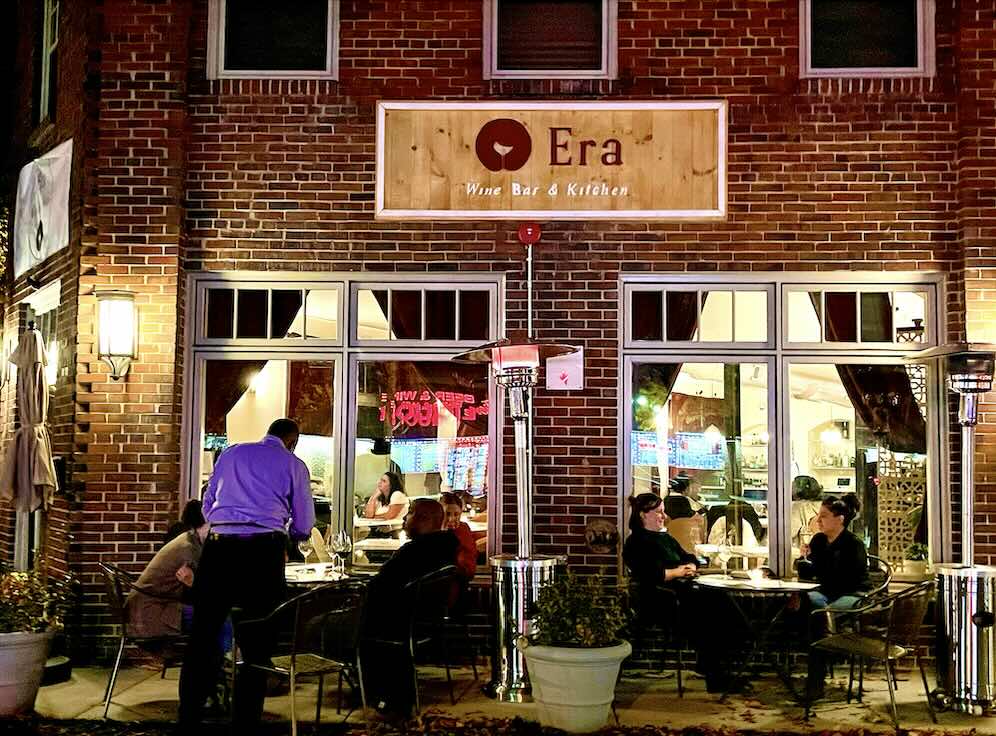


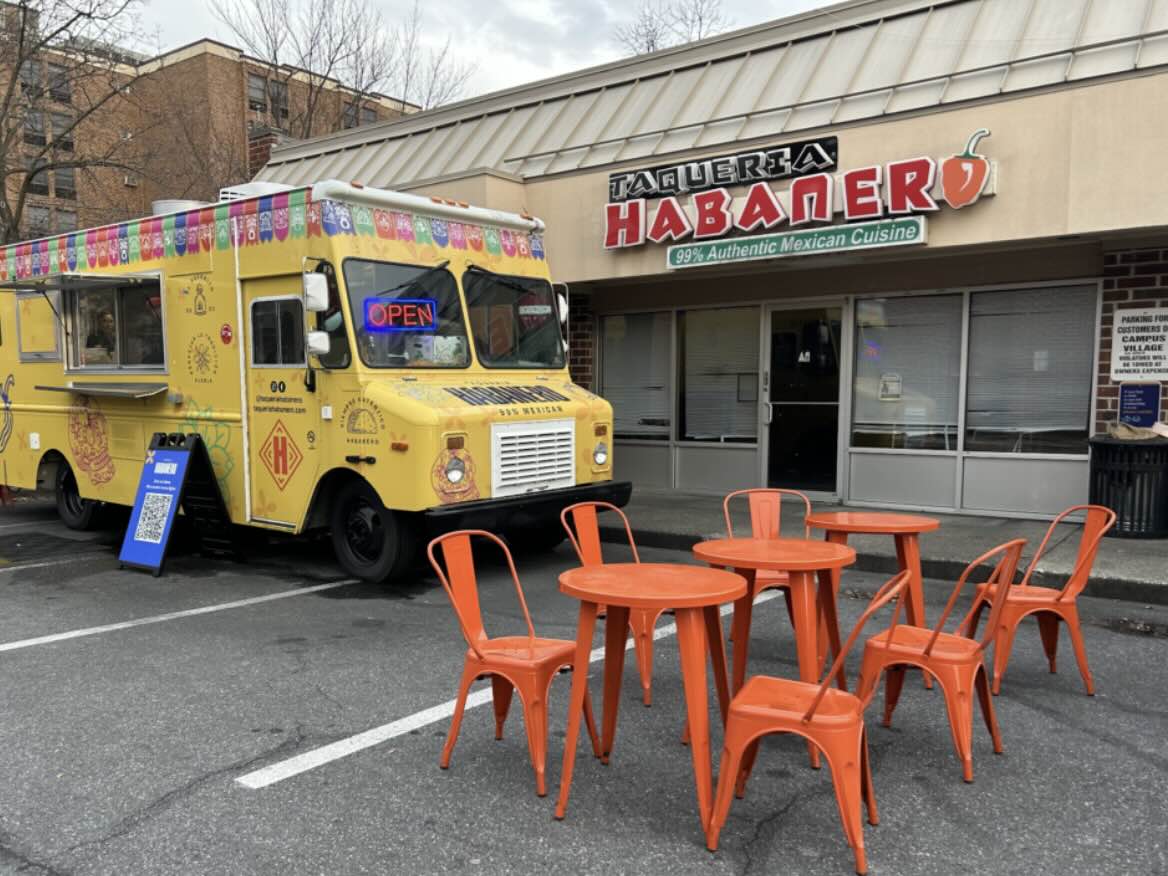
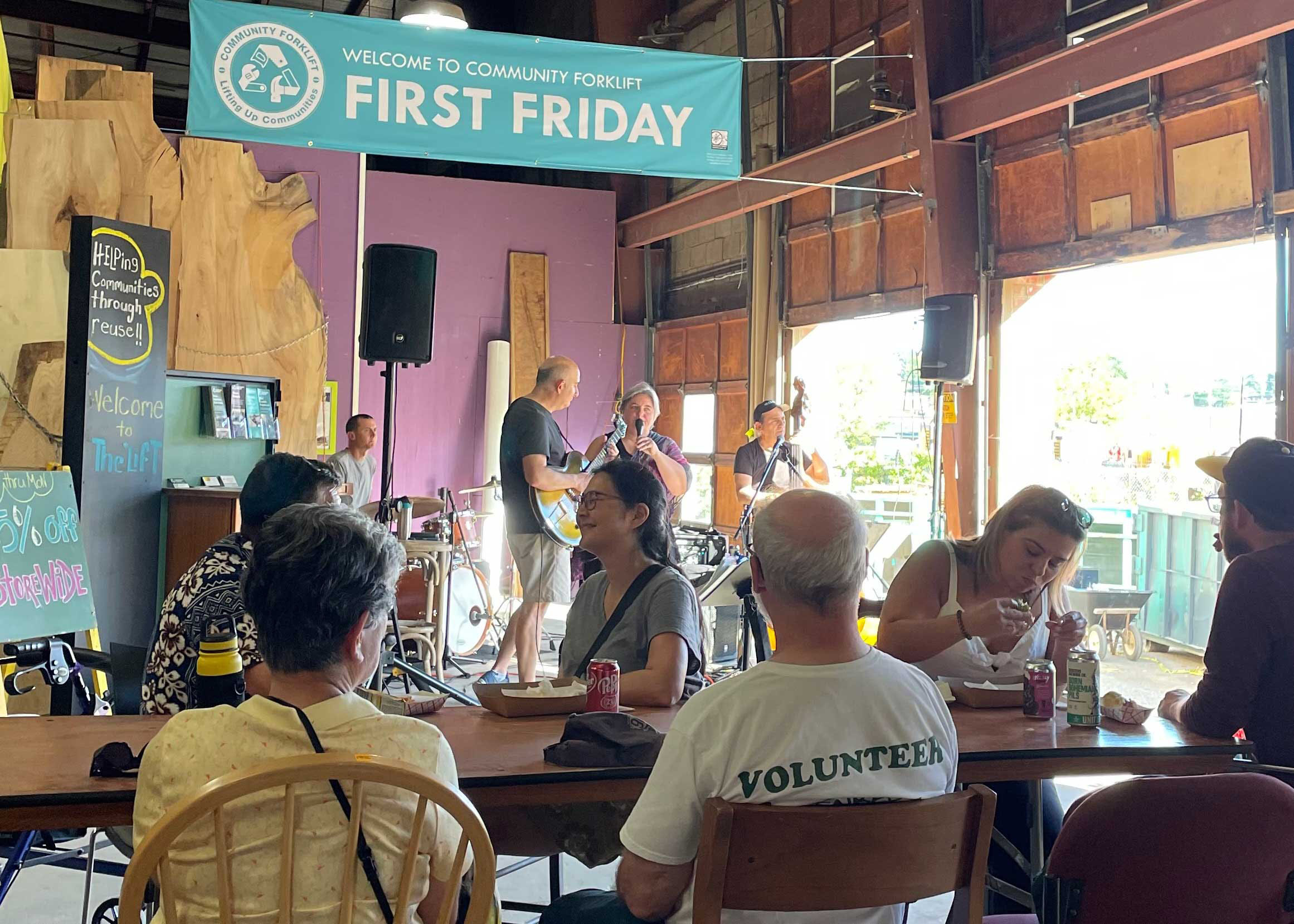

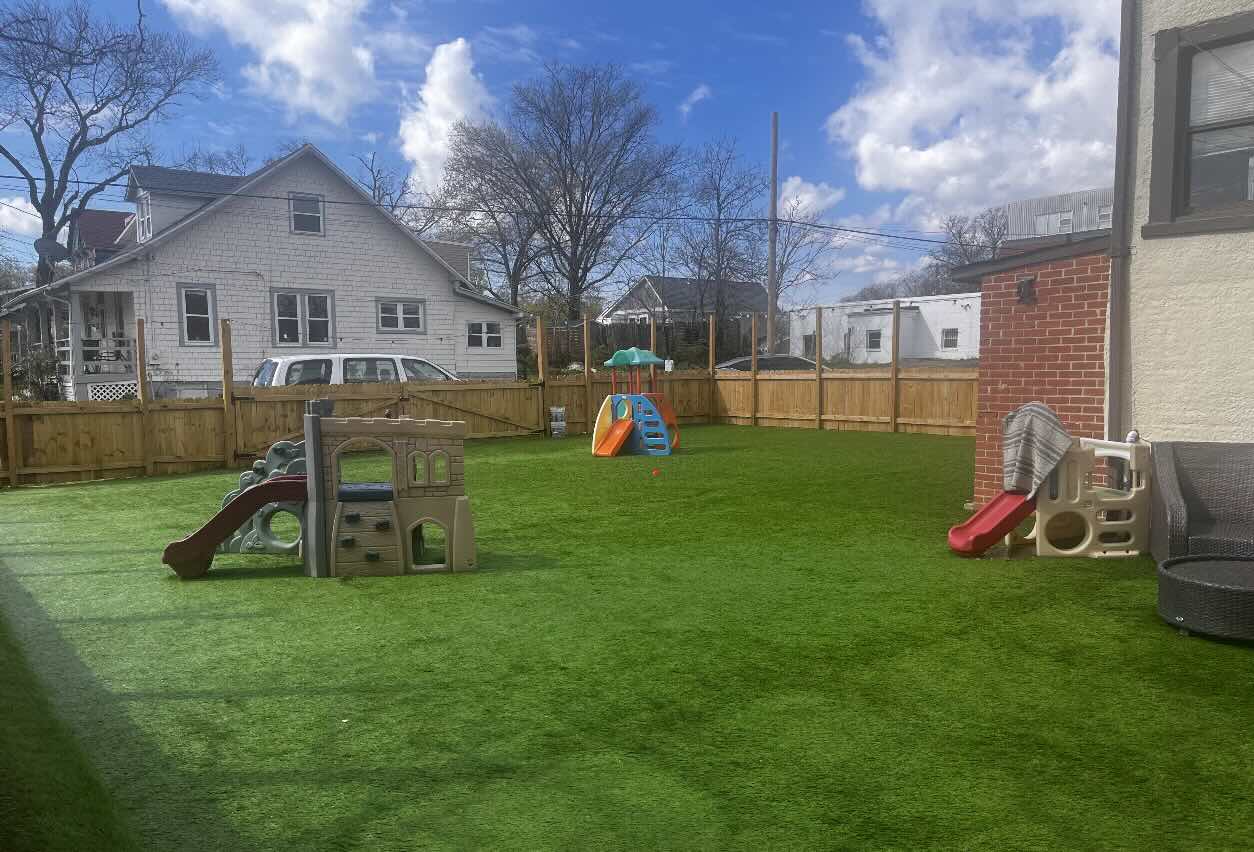
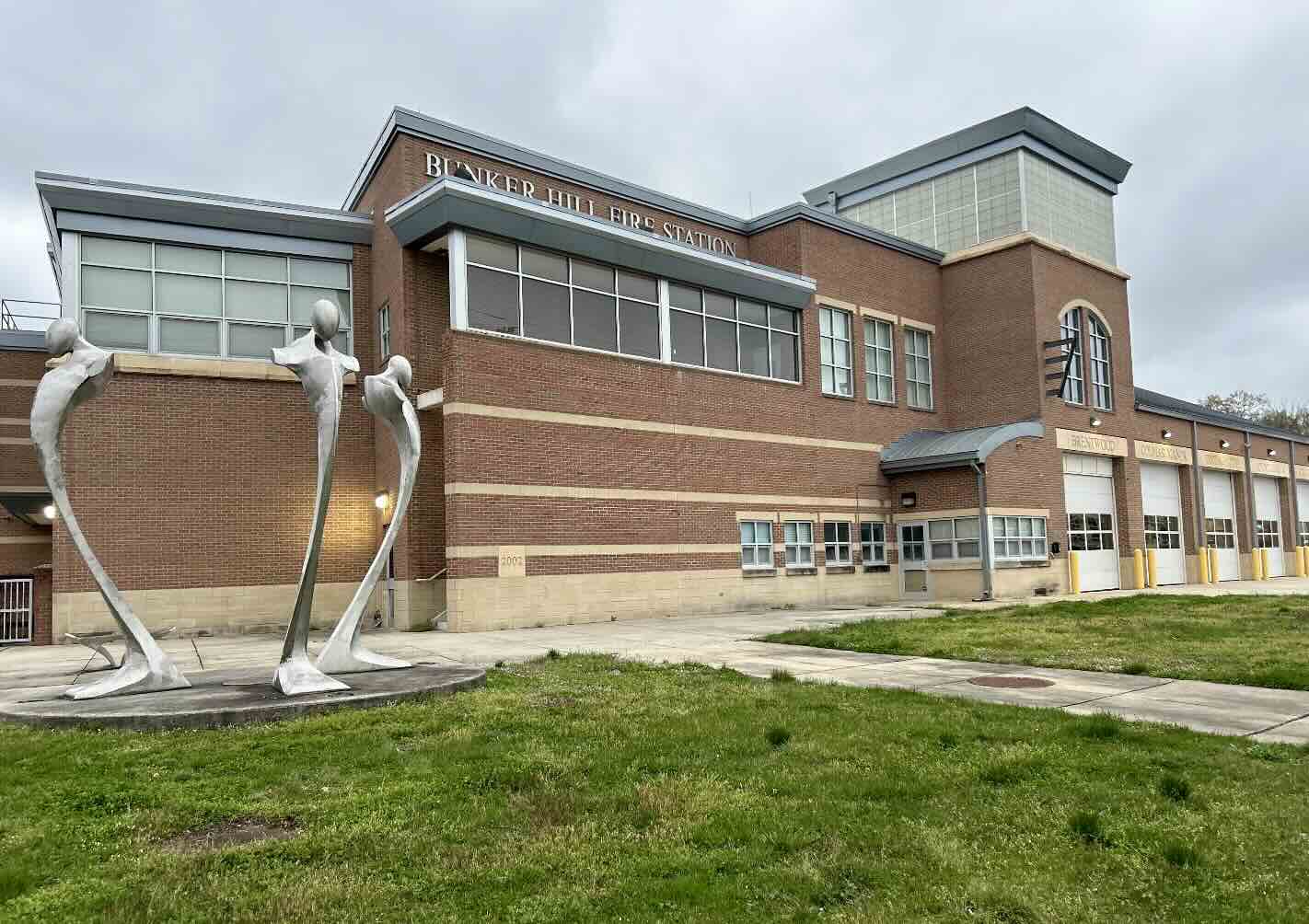
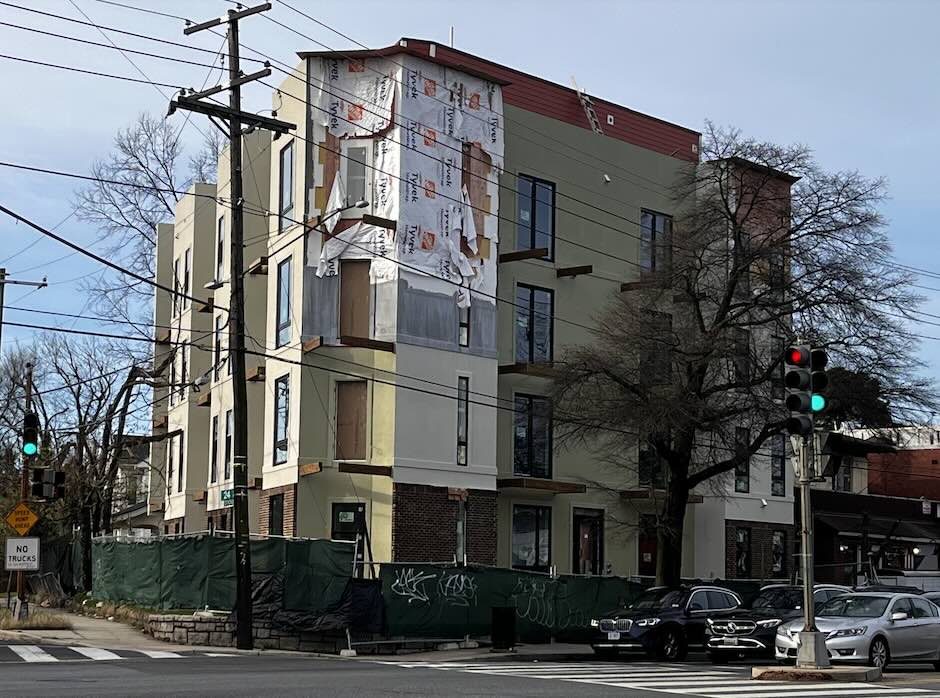



1 Response to Why Route 1 Should Add a High-Speed Bus Lane